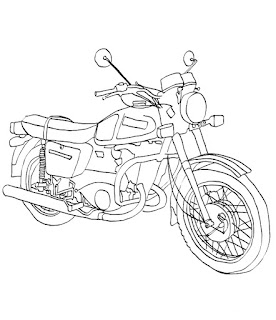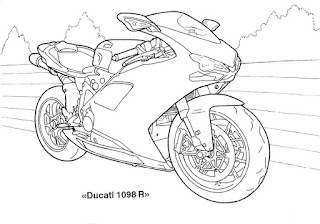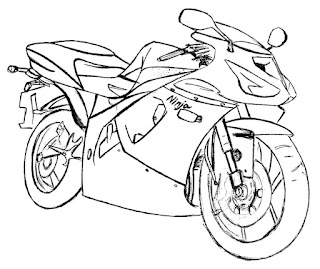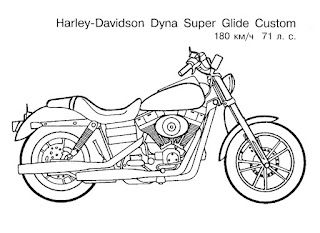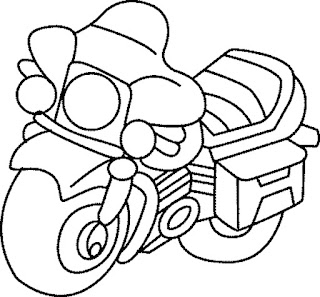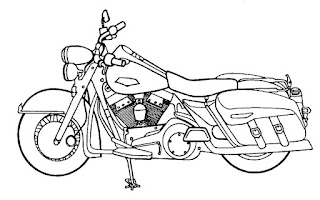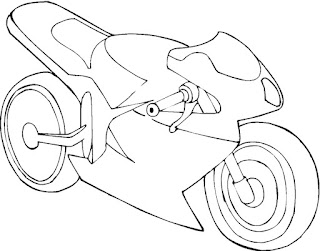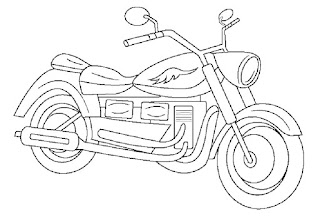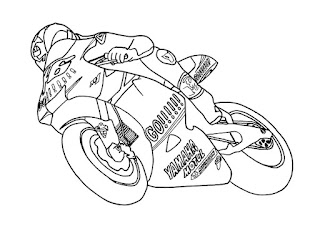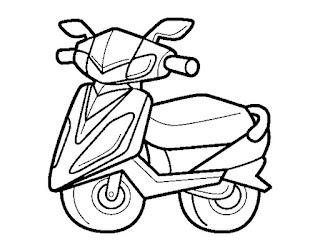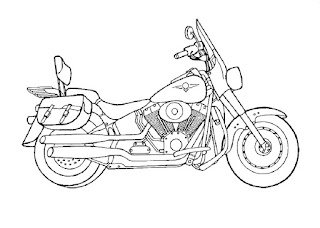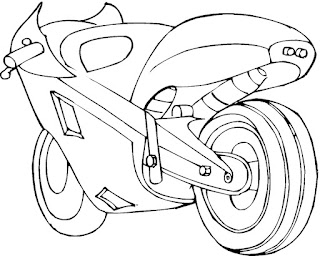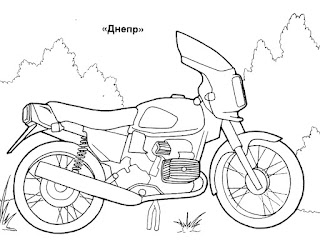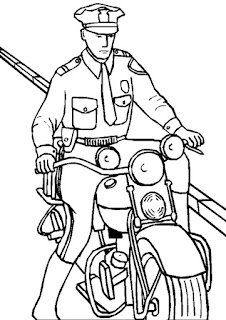Hot air balloon is the oldest form of flight technology used by humans. The first manned flight was on June 5 in 1783. The balloon envelope itself is used to contain the hot air, and a gondola, which means creating a ride with hot air. The hot air balloon in the casing creates a low density of cold air from outside, which is what makes the balloon rise. Hot Air Balloon Day is an annual celebration that indicates the effect of the hot air balloons flying experience.
How to celebrate Hot Air Balloon Day?
Although it is a precious experience, you may want to celebrate the Day balloon ride balloon. While this is not ideal for those with a fear of heights or flying, but if you want, there are companies that offer hot air balloon flights and even coupons to cheapen it.












